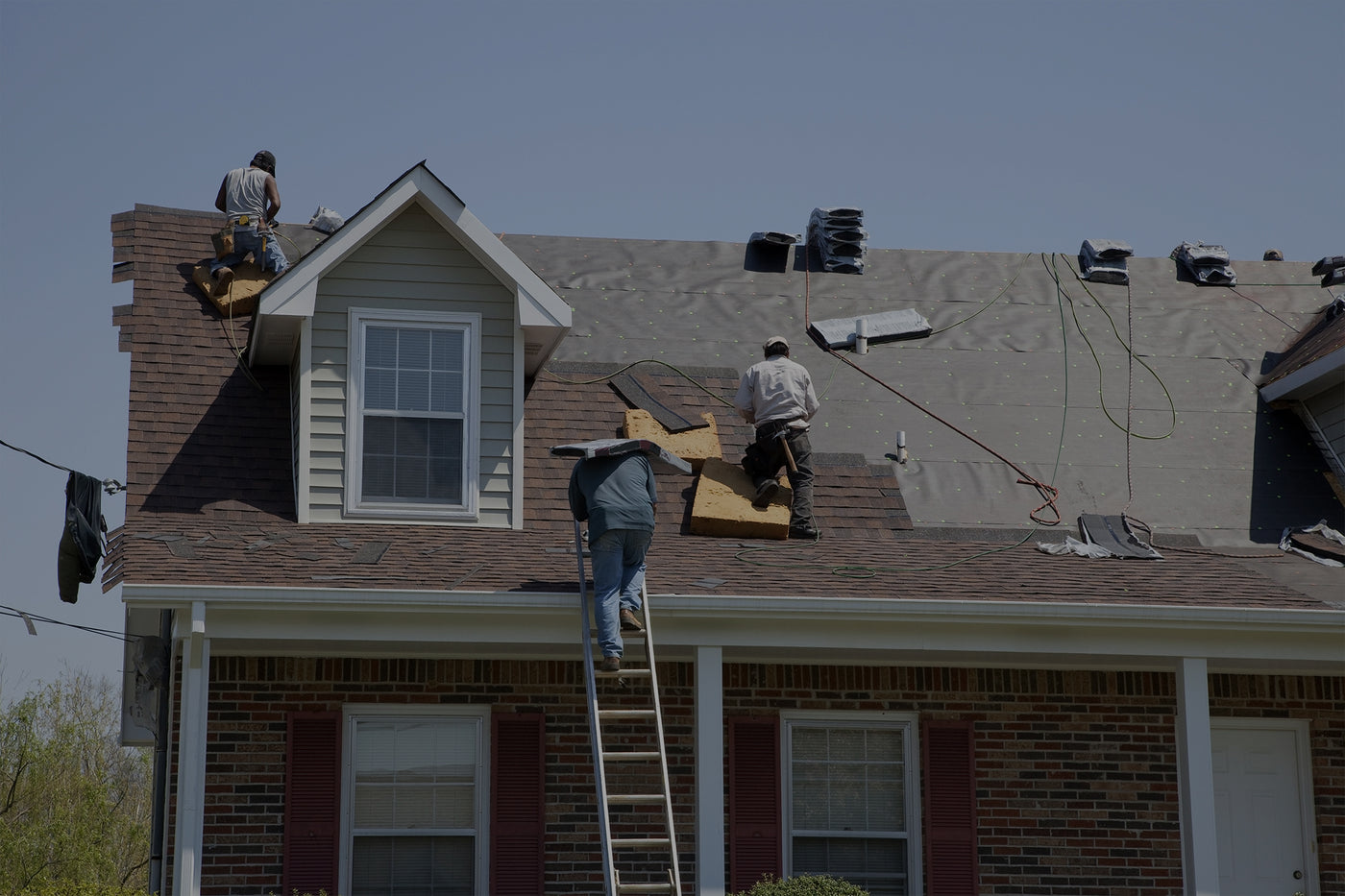Your Cart is Empty

From: www.osha.gov
Many people are exposed to heat on some jobs, outdoors or in hot indoor environments. Operations involving high air temperatures, radiant heat sources, high humidity, direct physical contact with hot objects, or strenuous physical activities have a high potential for causing heat-related illness. Workplaces with these conditions may include iron and steel foundries, nonferrous foundries, brick-firing and ceramic plants, glass products facilities, rubber products factories, electrical utilities (particularly boiler rooms), bakeries, confectioneries, commercial kitchens, laundries, food canneries, chemical plants, mining sites, smelters, and steam tunnels.
Outdoor operations conducted in hot weather and direct sun, such as farm work, construction, oil and gas well operations, asbestos removal, landscaping, emergency response operations, and hazardous waste site activities, also increase the risk of heat-related illness in exposed workers.
Every year, thousands of workers become sick from occupational heat exposure, and some even die. These illnesses and deaths are preventable.
When a person works in a hot environment, the body must get rid of excess heat to maintain a stable internal temperature. It does this mainly through circulating blood to the skin and through sweating.

When the air temperature is close to or warmer than normal body temperature, cooling of the body becomes more difficult. Blood circulated to the skin cannot lose its heat. Sweating then becomes the main way the body cools off. But sweating is effective only if the humidity level is low enough to allow evaporation, and if the fluids and salts that are lost are adequately replaced.
If the body cannot get rid of excess heat, it will store it. When this happens, the body's core temperature rises and the heart rate increases. As the body continues to store heat, the person begins to lose concentration and has difficulty focusing on a task, may become irritable or sick, and often loses the desire to drink. The next stage is most often fainting and even death if the person is not cooled down.
Excessive exposure to heat can cause a range of heat-related illnesses, from heat rash and heat cramps to heat exhaustion and heat stroke. Heat stroke can result in death and requiresimmediate medical attention.
Exposure to heat can also increase the risk of injuries because of sweaty palms, fogged-up safety glasses, dizziness, and burns from hot surfaces or steam.
> > Go to Heat-Related Illnesses and First Aid
Workers exposed to hot indoor environments or hot and humid conditions outdoors are at risk of heat-related illness, especially those doing heavy work tasks or using bulky or non-breathable protective clothing and equipment. Some workers might be at greater risk than others if they have not built up a tolerance to hot conditions, or if they have certain health conditions. The table below shows some environmental and job-specific factors that increase the risk of heat-related illness.
|
Factors That Put Workers at Greater Risk |
|
| Environmental |
|
| Job-Specific |
|
Workers who are suddenly exposed to working in a hot environment face additional and generally avoidable hazards to their safety and health. New workers and those returning from time away are especially vulnerable. That's why it is important to prepare for the heat: educate workers about the dangers of heat, acclimatize workers, gradually increase the workload or allow more frequent breaks to help new workers and those returning to a job after time away build up a tolerance for hot conditions.
| Heat Index | Risk Level | Protective Measures |
|---|---|---|
| Less than 91°F | Lower (Caution) | Basic heat safety and planning |
| 91°F to 103°F | Moderate | Implement precautions and heighten awareness |
| 103°F to 115°F | High | Additional precautions to protect workers |
| Greater than 115°F | Very High to Extreme | Triggers even more aggressive protective measures |
The heat index, which takes both temperature and humidity into account, is a useful tool for outdoor workers and employers (see Using the Heat Index: A Guide for Employers).
Heat-related illnesses can be prevented. Important ways to reduce heat exposure and the risk of heat-related illness include engineering controls, such as air conditioning and ventilation, that make the work environment cooler, and work practices such as work/rest cycles, drinking water often, and providing an opportunity for workers to build up a level of tolerance to working in the heat. Employers should include these prevention steps in worksite training and plans. Also, it’s important to know and look out for the symptoms of heat-related illness in yourself and others during hot weather. Plan for an emergency and know what to do —acting quickly can save lives!
Per Executive Order (EO) 13653, the impacts of climate change -- including an increase in prolonged periods of extreme temperatures, heavy downpours, an increase in wildfires, severe droughts, permafrost thawing, ocean acidification, and sea-level rise -- are already affecting communities, economies, and public health across the Nation. These impacts are often most significant for communities that already face economic or health-related challenges. Managing these risks requires preparation, close cooperation, and coordinated planning by the Federal Government, as well as by stakeholders, to facilitate Federal, State, local, tribal, private-sector, and nonprofit-sector efforts to improve climate change preparedness and resilience. These activities are designed to help safeguard our economy, infrastructure, environment, and natural resources; and provide for the continuity of executive department and agency operations, services, and programs. The Department of Labor is actively engaged in the coordinated federal efforts to enhance climate change preparedness and resilience.
NIOSH Climate Change and Occupational Safety and Health Topics